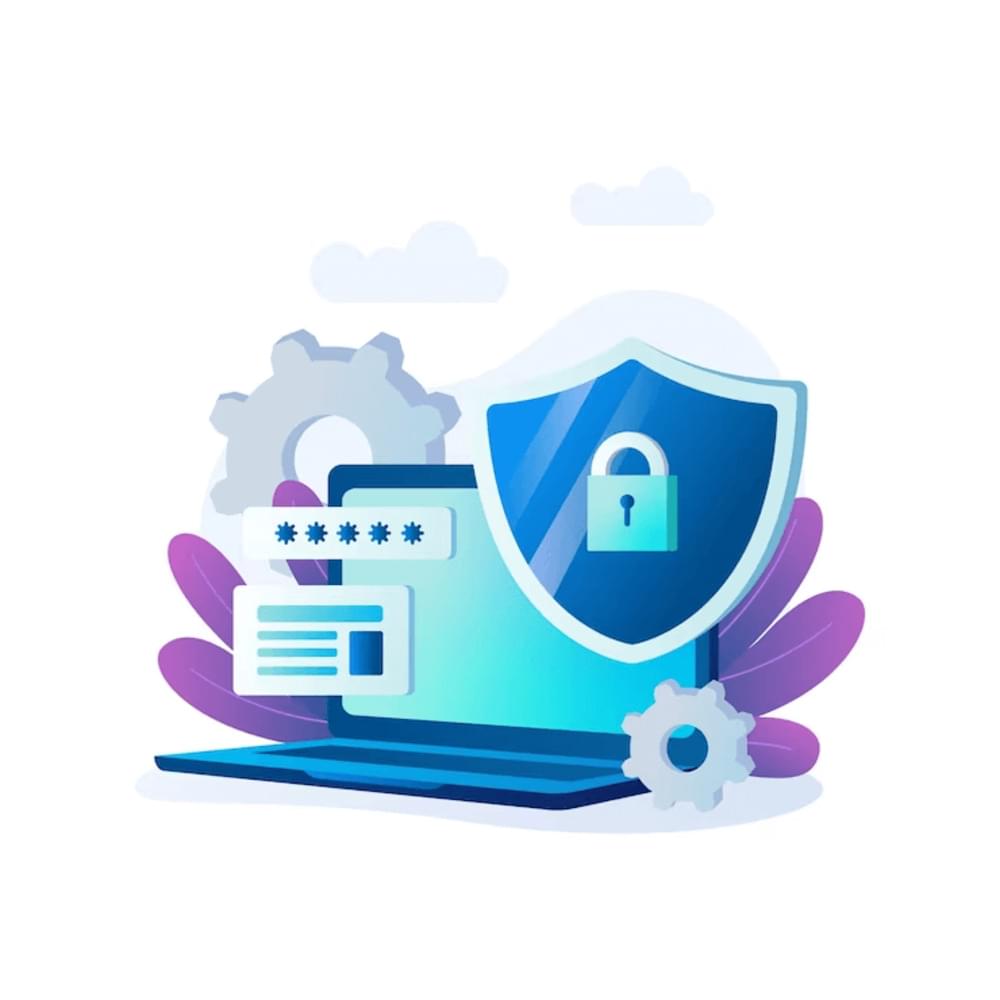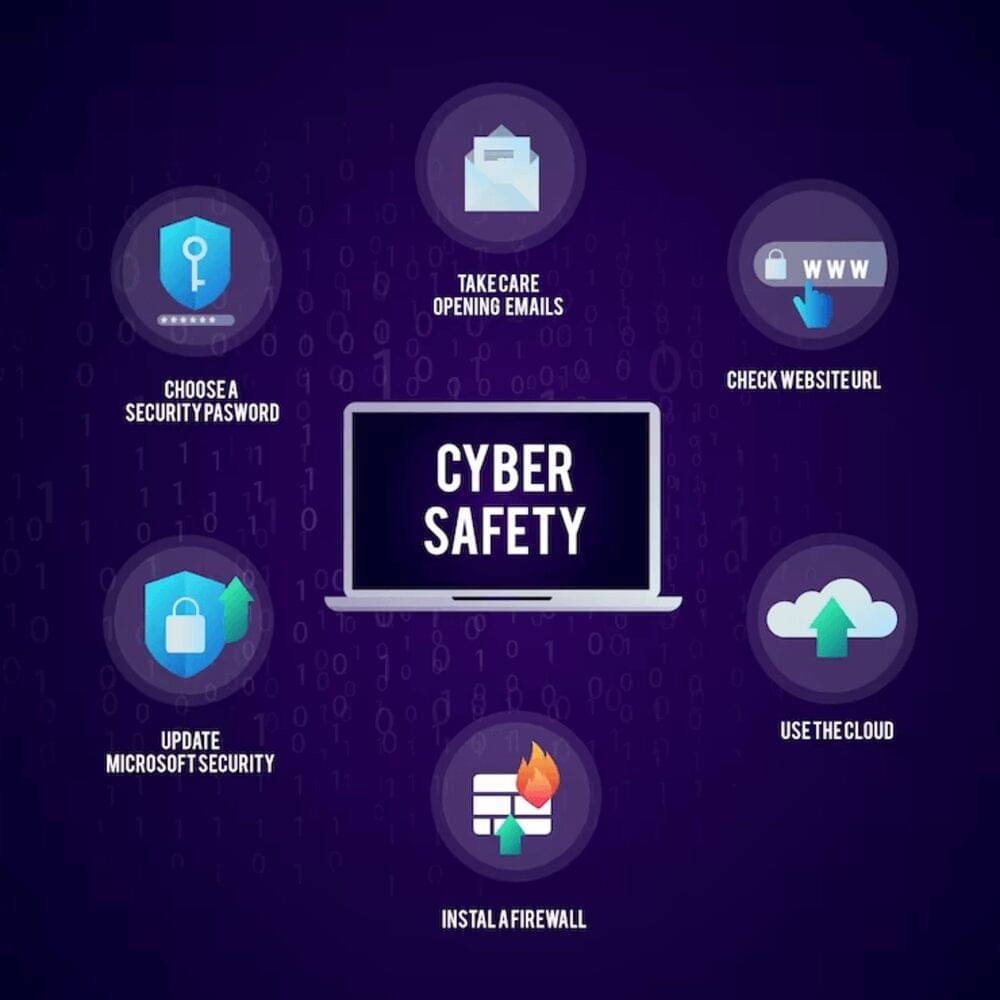Importance of Cybersecurity: Exploring the Advantages and Disadvantages
In our digital era, where technology is a big part of our personal and work lives, cybersecurity, is super important to keep everything safe. Cybersecurity involves shielding computers, networks, and data from unauthorized access, ensuring they’re not used, revealed, disrupted, changed, or destroyed. It’s crucial for protecting sensitive information and maintaining the integrity of digital systems. This article intends to explore the advantages and disadvantages of cybersecurity, shedding light on its significance and the various types of threats it addresses.
Importance of Cybersecurity
With the exponential growth of the internet and the increasing interconnectedness of devices, the need for robust cybersecurity measures has become paramount.
Cybercriminals always change their tricks, so it’s important for people and groups to be ahead. If cybersecurity fails, it can lead to big problems like losing money, damaging reputations, exposing personal info, and even threats to national security. By prioritizing cybersecurity, we can mitigate these risks and maintain data and systems’ confidentiality, integrity, and availability.
What are the Advantages of Cybersecurity?
Protection Against Cyber Threats
One of the primary advantages of cybersecurity is its ability to defend against a wide array of cyber threats. These threats include malware, phishing attacks, ransomware, and network intrusions. Cybersecurity measures such as firewalls, intrusion detection systems, and antivirus software act as a shield, preventing unauthorized access and identifying malicious activities. Organizations can lower the risk of data breaches and safeguard their valuable assets by putting strong security measures in systems.
Safeguarding Personal and Financial Information
In an era where online transactions and digital payments are the norm, protecting personal and financial information is of utmost importance. Cybersecurity measures ensure that sensitive data, such as credit card details and social security numbers, remain secure throughout the transaction process. Encryption techniques, secure socket layers, and multi-factor authentication are just a few examples of how cybersecurity safeguards our personal and financial information, providing peace of mind to individuals and businesses alike.
Maintaining Business Continuity
Cyberattacks can have a devastating impact on businesses, causing disruptions in operations, financial losses, and reputational damage. By investing in cybersecurity, organizations can establish resilient systems that can withstand various cyber threats. Regular backups, disaster recovery plans, and incident response protocols are integral components of cybersecurity that ensure business continuity, minimize downtime, and prevent potential losses.
Additionally, implementing Virtual Private Networks (VPNs) enhances business security by providing secure and private data transmission. VPNs contribute to safeguarding sensitive business information and communications, adding an extra layer of protection against cyber threats.
Boosts Efficiency
In today’s tech-driven world, cyber threats are becoming more advanced, potentially disrupting daily operations.
Viruses can seriously hamper productivity, causing disruptions in networks and workflows. This downtime can bring the entire organization to a halt. However, implementing measures like automated backups and strengthened firewalls can significantly enhance productivity. This stands out as one of the key advantages of effective cybersecurity.
Improved Data Handling
Data plays a important role in marketing and product plans. If it falls into the wrong hands, like hackers or competitors, an organization might have to start over, giving an advantage to rival companies. By using data risk management, businesses can better assess vulnerabilities, implement security controls, and ensure compliance with industry standards, reducing the likelihood of data breaches.
To safeguard against this, organizations need to diligently follow data security rules, keeping a close eye on their data. Alongside security, cybersecurity also contributes to smoother and more efficient operations.
Supports Remote Work
With the high demand in remote work, employees access various models from different locations. Organizations might feel uneasy sharing sensitive data globally, as cybercrimes can happen through IoT, Wi-Fi, and personal devices.
Protecting sensitive data is crucial because the average cost of data breaches has increased due to remote work.
Sensitive information and strategies are at risk of being hacked and leaked. However, cybersecurity provides a secure hub to store data and can safeguard home Wi-Fi from tracking users’ data.
Improved Trust and Reputation
A strong cybersecurity framework instills trust in customers and stakeholders. By prioritizing data and information protection, organizations demonstrate their commitment to safeguarding sensitive information. This builds a positive reputation and enhances brand value, leading to increased customer loyalty and business opportunities. For example, using a reputable and secure QR code generator can provide safe access to critical resources, enhancing customer trust while maintaining data security.
Compliance with Regulations
Cybersecurity is closely linked to regulatory requirements and industry standards. By implementing robust cybersecurity measures, organizations can ensure compliance with data protection regulations such as the General Data Protection Regulation (GDPR) and the Health Insurance Portability, Accountability Act (HIPAA) Hipaa compliant video conferencing software and SOC 2 standards not only avoids legal consequences but also demonstrates ethical and responsible business practices.
Competitive Advantage
In today’s digital landscape, cybersecurity is a key differentiator for businesses. By prioritizing cybersecurity, organizations differentiate themselves from their competitors, demonstrating their commitment to protecting customer data. This competitive advantage can attract new customers, retain existing ones, and open doors to partnerships and collaborations.

Types of Cybersecurity
Cybersecurity encompasses a wide range of measures and technologies that work together to protect against cyber threats. Understanding the different types of cybersecurity is essential in implementing a comprehensive defense strategy. The following are some of the common types of cybersecurity:
Network Security
Network security focuses on protecting an organization’s networks and preventing unauthorized access. It involves the use of firewalls, intrusion detection systems, virtual private networks (VPNs), and secure network architecture. Network security ensures that only authorized users can access the network and that data transmission is secure.
Speaking of VPNs, EonVPN is a noteworthy addition to network security practices. It offers seamless connectivity, ensures high speed, and does not contain any activity logs. With EonVPN, your organization can enhance its network security by providing secure and private data transmission while prioritizing user privacy and delivering optimal performance.
Application Security
Application security refers to measures taken to protect software applications from vulnerabilities and attacks. This includes secure coding practices, regular updates and patches, and the use of web application firewalls. Application security is crucial in preventing attacks such as SQL injections and cross-site scripting.
Endpoint Security
Endpoint security involves securing individual devices, such as laptops, smartphones, and tablets, that connect to a network. It includes antivirus software, device encryption, and the use of secure passwords. Endpoint security ensures that devices connecting to the network do not become entry points for cyber threats.
Cloud Security
Cloud security has become increasingly important as more organizations migrate their data and applications to the cloud. To enhance their knowledge and skill set surrounding these security measures, organization employees often participate in interactive cloud computing courses. These aid in understanding how to implement rigorous encryption, stringent access controls, and thorough audits. Cloud security focuses on protecting data stored in cloud infrastructures, ensuring data privacy, and preventing unauthorized access. Encryption, access controls, and regular audits are key components of cloud security.
Data Loss Prevention
Data loss prevention (DLP) involves preventing unauthorized disclosure or loss of sensitive data. This includes data encryption, access controls, data backup, and recovery processes. DLP aims to protect data at rest, in transit, and use, ensuring its confidentiality and integrity.

How Cybersecurity Works?
Cybersecurity works through a combination of preventive, detective, and corrective measures. Here is a high-level overview of how cybersecurity operates:
- Prevention: Cybersecurity measures aim to prevent cyber threats from infiltrating systems and networks. This includes implementing firewalls, access controls, and secure configurations. Regular security updates and patches are crucial in addressing known vulnerabilities.
- Detection: Cybersecurity systems utilize various tools and techniques to detect potential threats. Intrusion detection systems, log analysis, and network monitoring help identify suspicious activities or anomalies. Machine learning techniques and advanced threat intelligence could enhance detection capabilities.
- Response: An effective response is essential to minimize potential damage when a threat is detected. Plans for incident response specify what should be done during a cyber incident. This includes isolating affected systems, mitigating the impact, and conducting forensic investigations.
- Recovery: After a cyber incident, the focus shifts to restoring systems and operations to their normal state. This involves data recovery from backups, repairing or replacing compromised systems, and implementing additional security measures to prevent future incidents.
By following this cycle of prevention, detection, response, and recovery, organizations can maintain a proactive cybersecurity posture and effectively protect their data and information.
Disadvantages of Cybersecurity
Complexity and Continuous Evolution
Cybersecurity is a sophisticated domain demanding expertise and continuous learning. The cyber threat landscape is continually changing as cybercriminals create unknown techniques to exploit vulnerabilities. This necessitates continuous monitoring, updates, and upgrades to security systems. For individuals and organizations, keeping up with the latest cybersecurity practices and emerging threats can be daunting. This complexity adds to the challenges of implementing and maintaining effective cybersecurity measures, requiring constant vigilance and adaptation.
False Positives and Negatives
Cybersecurity measures like intrusion detection systems and antivirus software may produce false positives and negatives. False positives occur when legitimate activities are flagged as threats, leading to unnecessary alerts and potentially disrupting operations. False negatives, on the other hand, occur when actual threats go undetected, leaving systems vulnerable to attacks. Balancing the accuracy of cybersecurity tools is an ongoing challenge.
Complexity and User Experience
Implementing comprehensive cybersecurity measures can introduce complexity and impact user experience. Stringent security controls, such as multi-factor authentication and complex passwords, can frustrate users and hinder productivity. It is crucial to strike a balance between security and usability, ensuring that cybersecurity measures do not impede legitimate activities.
Insider Threats and Human Error
Despite robust cybersecurity measures, insider threats and human error remain significant risks. Malicious insiders or employees inadvertently clicking on phishing emails can bypass security controls and compromise systems.
Constant Evolution and Adaptation
As cyber threats continue to evolve, cybersecurity measures must constantly adapt to address emerging risks. This requires ongoing investments in technology, training, and expertise. Staying ahead of cybercriminals is a continuous effort that demands vigilance and the ability to respond quickly to new threats.
Cost and Resource Allocation
Comprehensive cybersecurity measures can be costly, especially for small businesses and individuals. Investing in cybersecurity tools, training, and personnel requires financial resources that may strain budgets. Striking a balance between cost-effective cybersecurity solutions and comprehensive protection can be challenging, particularly for organizations with limited resources.
Conclusion
In conclusion, the pros of cybersecurity far outweigh its cons. By harnessing the power of cybersecurity, individuals and organizations can protect their data, mitigate risks, and maintain business continuity. The advantages of cybersecurity include enhanced data privacy, improved trust and reputation, compliance with regulations, protection against financial loss, and competitive advantage. However, cybersecurity also has its disadvantages, such as false positives and negatives, complexity, insider threats, and the constant evolution of cyber threats. By adopting cybersecurity best practices, organizations can maximize the benefits while effectively managing and mitigating potential threats.

